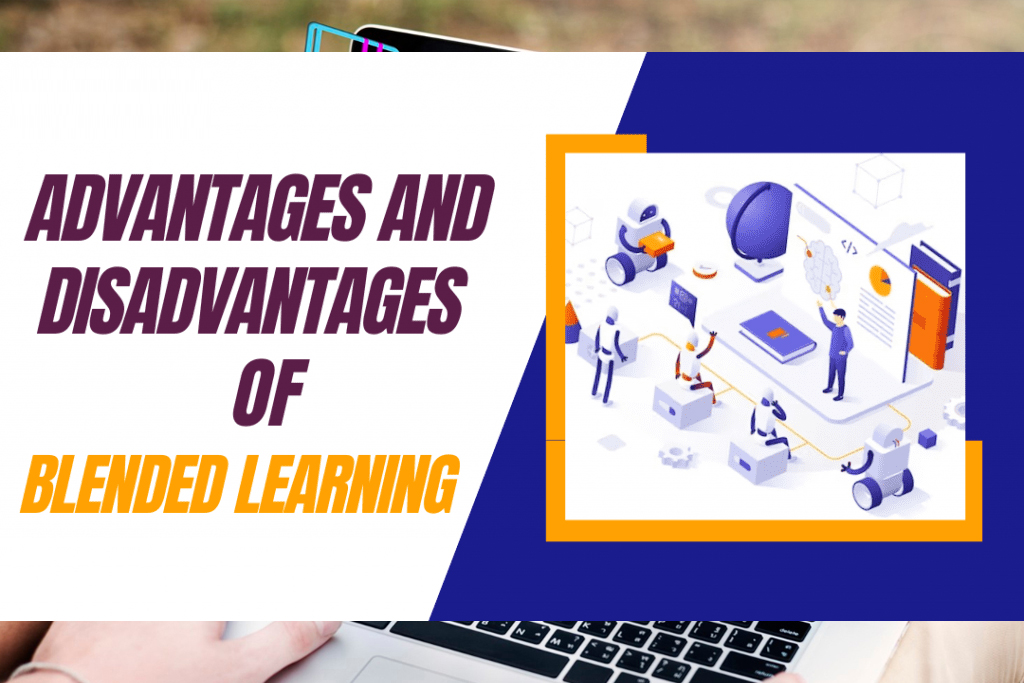Blended learning, a combination of traditional face-to-face instruction and online learning, has become increasingly popular in recent years due to its ability to leverage the advantages of both approaches. It offers a flexible and personalized approach to education. As we look to the future, blended learning content is expected to evolve and adapt to meet changing learner needs and advancements in technology.
Here are some important future trends and considerations for blended learning content:
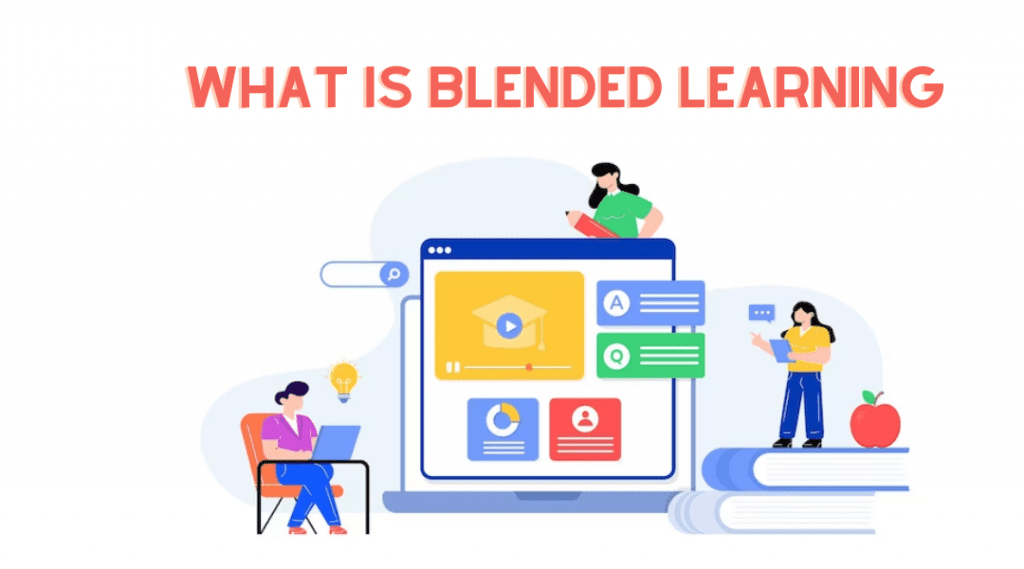
What is Blended Learning
Blended learning is a learning approach that combines traditional face-to-face instruction with online learning activities. It is also known as hybrid learning or blended education. Blended learning is designed to provide students with a more flexible and personalized learning experience that meets their individual needs and learning styles.
Interactive and engaging resources: The advantages of blended learning heavily depend on engaging learners with interactive materials. As technology progresses, immersive experiences such as virtual reality (VR) and augmented reality (AR) will be integrated into blended learning content. These technologies will enable students to study complex subjects in dynamic and interesting ways, simulate real-world situations, and enhance comprehension.
Micro learning and bite-sized information: As the demand for flexible learning alternatives grows, micro learning and bite-sized information will become increasingly important in blended learning. Short modules, videos, or interactive activities that focus on specific topics or skills will be available to learners. This approach provides more flexibility as learners can fit their study into smaller time windows and easily revisit specific subjects as needed. Shorter and more concentrated content will continue to gain popularity, making learning more accessible and manageable.
Integration of formal and informal learning: Blended learning encourages the integration of formal and informal learning experiences. In the future, we may see a seamless integration of traditional classroom education with casual learning options. Learning management systems (LMS) and social media platforms will be used to promote informal learning through resource sharing, peer feedback, and access to external content. The combination of formal and informal learning will result in a well-rounded educational experience.
Mobile learning and accessibility: Mobile devices have become indispensable in our lives, and they will play a significant role in the future of blended learning. Learning materials and platforms will be tailored for mobile devices, allowing learners to access content while on the go. Mobile apps, adaptive design, and offline capabilities will make learning available anytime and anywhere, making education more inclusive and reaching a wider audience.
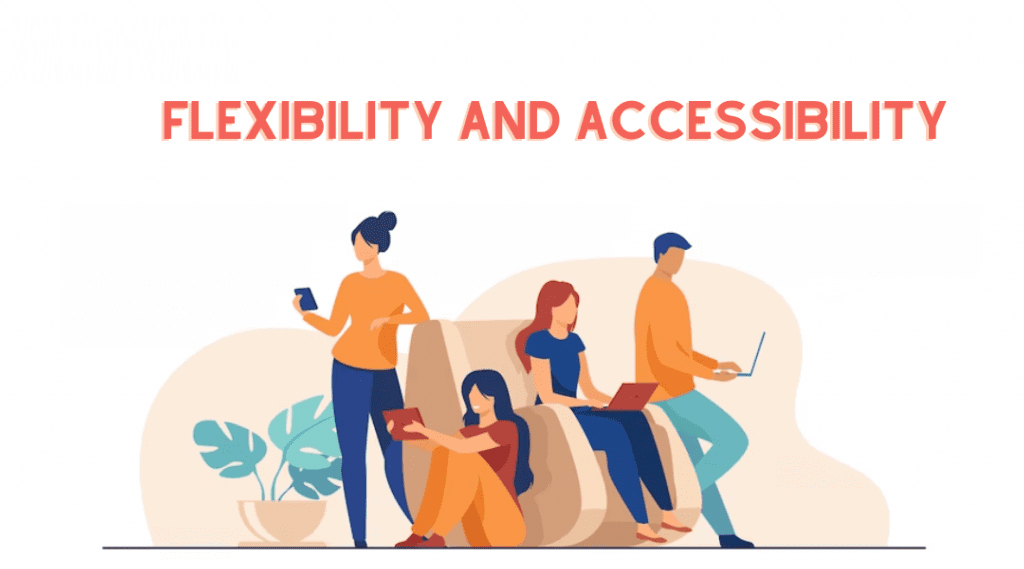
Advantages of Blended Learning:
Flexibility and accessibility: One of the key benefits of blended learning is its adaptability. Students can access instructional materials and resources at any time and from any location as long as they have an internet connection. This flexibility allows learners to tailor their learning experience to their schedules, making education more accessible to a broader range of people, including working professionals and those with other obligations.
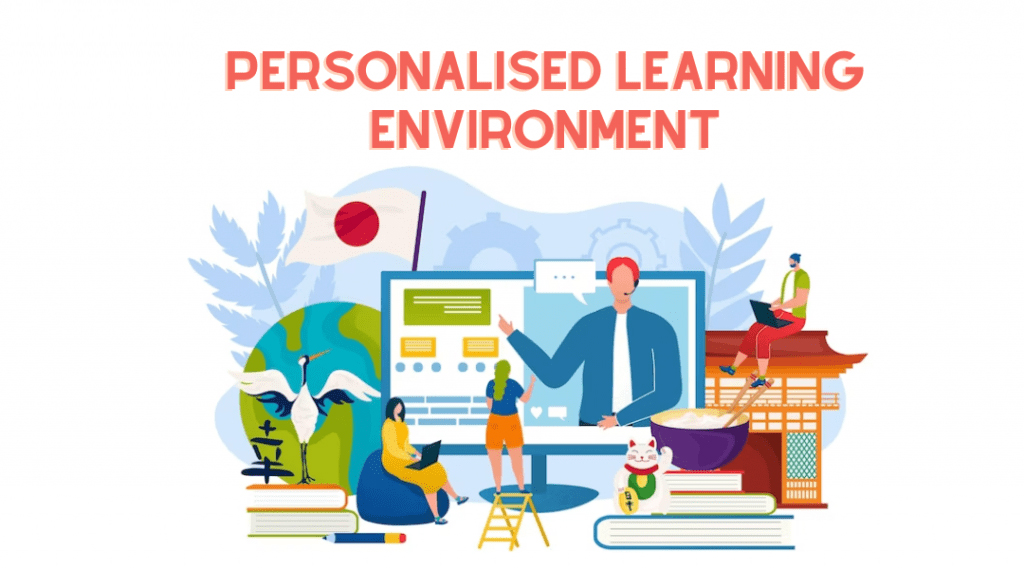
Personalized learning environment: Blended learning enables instructors to customize instruction to meet the needs of individual students. Online platforms facilitate personalized learning, allowing students to work at their own pace and review subjects as needed. Adaptive learning systems can track student progress and provide tailored interventions, ensuring that each student receives the necessary support.
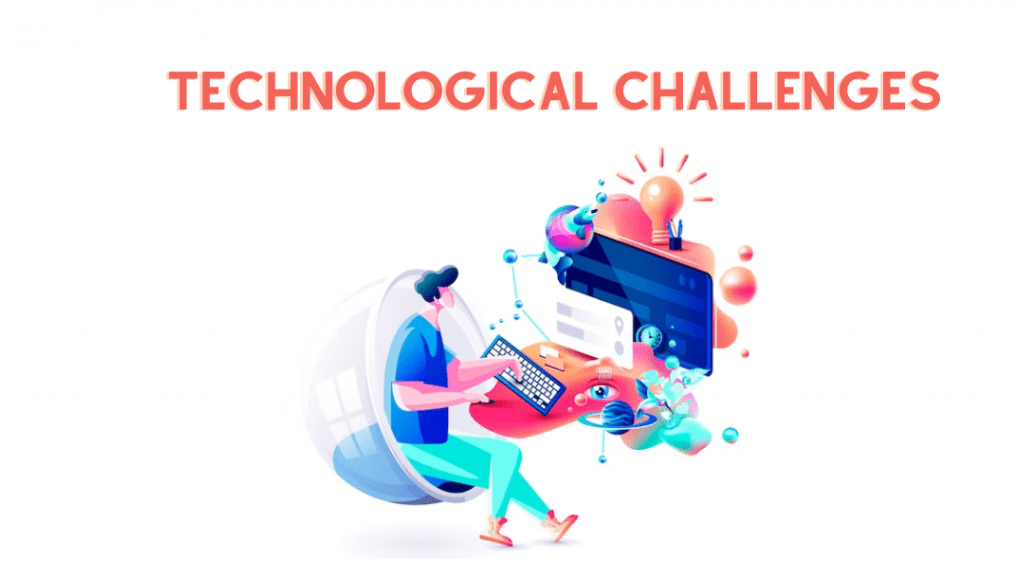
Disadvantages of Blended Learning:
Technological challenges: Blended learning combines the best aspects of traditional classroom instruction and online learning, but it also presents technological challenges. Effective implementation of blended learning requires reliable internet connectivity, access to suitable devices, and proficiency in using digital tools. Overcoming these technological hurdles and ensuring equitable access to resources can be a significant challenge.
Balancing face-to-face and online interactions: Blended learning requires finding the right balance between face-to-face interactions in the classroom and online interactions. It can be challenging to create a cohesive learning experience that maximizes the benefits of both modes of instruction. Striking the right balance and ensuring meaningful social interactions and collaborative learning experiences can be complex.
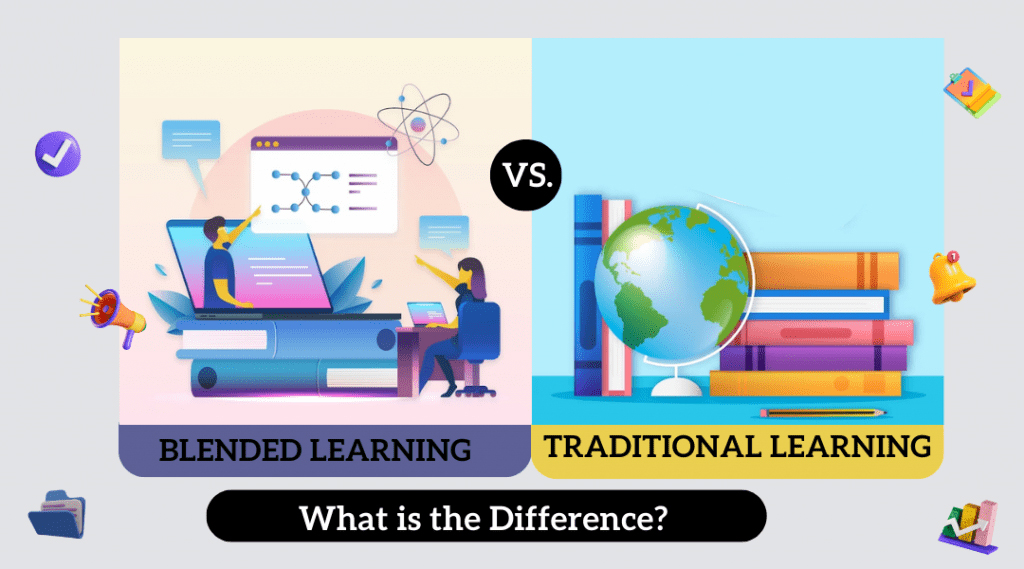
Certainly! Here are some additional points to add to the discussion:
Data-driven decision-making: Blended learning offers the advantage of collecting and analyzing data on student performance and engagement. In the future, there will be an increased emphasis on leveraging data to inform instructional decisions. Learning analytics and data-driven insights will enable educators to identify areas of improvement, personalize learning pathways, and provide targeted support to students.
Collaborative learning opportunities: Blended learning opens up opportunities for collaboration among students, both in-person and online. Future trends in blended learning content will focus on fostering collaboration through group projects, online discussion forums, and collaborative platforms. By working together, students can develop critical thinking, communication, and teamwork skills.
Continuous professional development for educators: As blended learning continues to evolve, it is essential for educators to receive ongoing professional development to effectively integrate technology and online resources into their teaching practices. Training programs and workshops will be designed to equip teachers with the necessary skills and strategies to create engaging and effective blended learning environments.
Cultivating digital literacy skills: Blended learning requires students to develop digital literacy skills to navigate online platforms, critically evaluate information, and effectively communicate online. In the future, there will be an increased focus on explicitly teaching and assessing these digital literacy skills within the blended learning context to prepare students for the digital age.
Assessment and feedback mechanisms: Blended learning provides various opportunities for formative and summative assessments. In the future, assessment strategies will evolve to align with the blended learning approach, incorporating both online assessments and traditional in-person evaluations. Additionally, technology-enabled feedback mechanisms will enable timely and targeted feedback to support student learning and growth.
Ethical and responsible use of technology: With the integration of technology in blended learning, there will be an increased emphasis on promoting responsible and ethical use of digital tools. Educators will address topics such as digital citizenship, online safety, privacy, and the responsible use of information to ensure that students develop a strong ethical foundation in their digital interactions.
Summary
In summary, the future of blended learning will involve data-driven decision-making, collaborative learning opportunities, continuous professional development for educators, cultivation of digital literacy skills, refined assessment and feedback mechanisms, and a focus on ethical technology use. These advancements will further enhance the advantages of blended learning and contribute to a more engaging and effective educational experience.
The Green LMS for schools provides a comprehensive solution for K-12 education, addressing the challenges faced in the educational landscape. By offering personalized learning experiences, enhancing accessibility and collaboration, supporting effective time management, and fostering parental involvement, the Green LMS empowers both teachers and students. Its features, such as course management, student management, collaboration tools, assessment and reporting, and personalization, contribute to an enriched educational journey. With the Green LMS, K-12 schools in India can embrace technology and create an engaging, inclusive, and effective learning environment for students, preparing them for a successful future.

